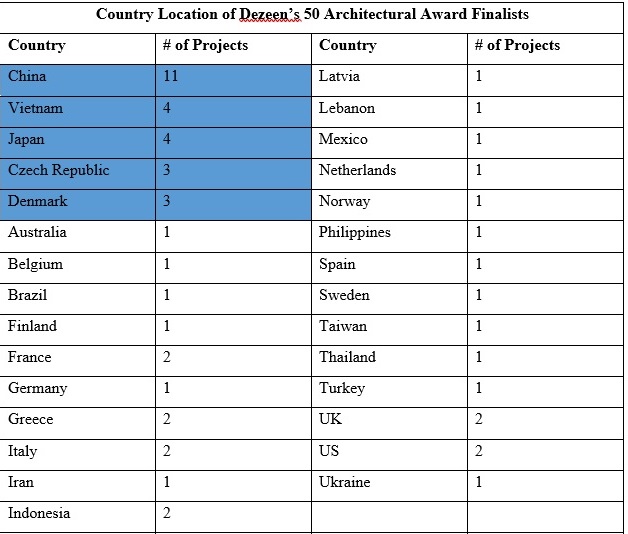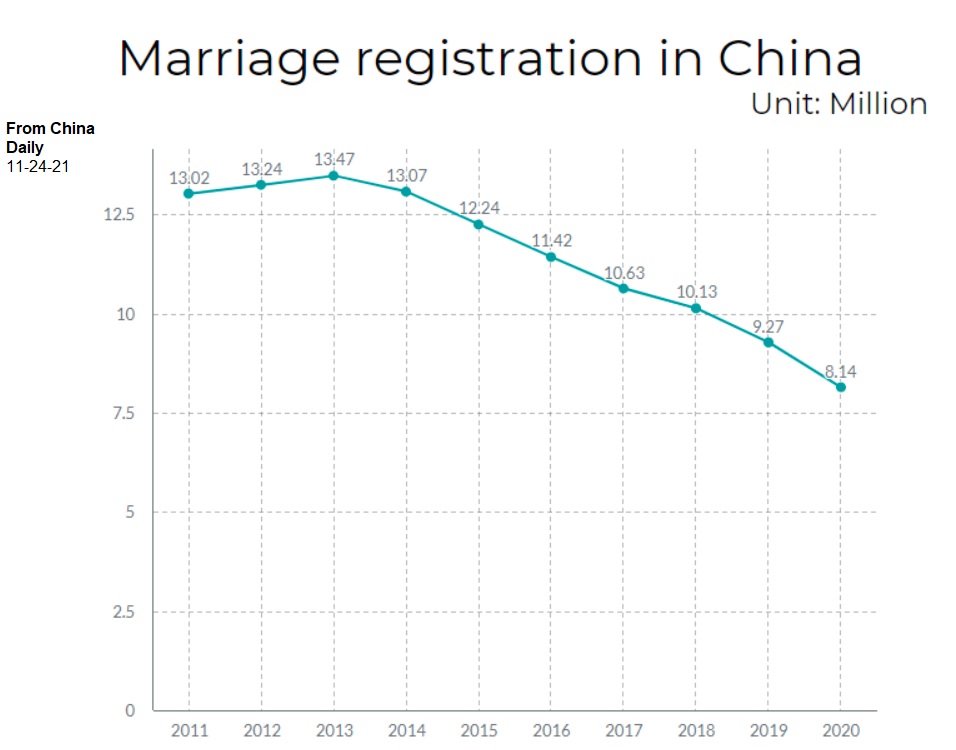If you are like us–and deep-thinking philosophers, religious leaders and medical experts all fervently hope that you are not–the news late last week of the variant Nu Xi omicron was a Snowpiercer through what we thought was the end of the tunnel. It did not help that the news arrived even as Seattle’s winter darkness descends, and our reservations secured for baseball spring training may be thwarted by the labor lockout that commenced at midnight last night. Our two cats, who are usually a counter-culture to caring about the wariness of the world, offered their own troubles—one randomly urinating outside the litterbox, the other even while demanding food suddenly not eating it.
Perhaps watching the Get Back documentary about the making of the Beatles’ album Let it Be, would distract us from the unpleasantries of today. Except now one must subscribe to dozens of different streaming services to watch television, and while we subscribe to a few, Disney+ is not one of them. But fortunately our in-laws do and we saw part of the documentary on Thanksgiving Day, our belly full of dressing, mashed potatoes and maple cheesecake—all good antidotes to omicron’s gut punch, and so witnessed the miracle of a song being born, as you can too in the video below. It feels almost miraculous to see Paul, while strumming his guitar, seemingly pull a hit song out of an ether that only he and other grand musicians have access to.
And perhaps that’s the booster we needed* as we examine what architecture awards tell us about our world, how to avoid famine, and what declining marriage rates mean to China. It’s this week’s International Need to Know, the Paul McCartney to your John Lennon of international news and data.
*But please also get a Covid-19 Booster. You are not fully vaccinated until you do and we value greatly our readers’ health.
Without further ado, here’s what you need to know.
Where the Wild Things Are
We are in no way an architectural expert though we believe with all of our eyesight that most new buildings in Seattle over the last forty years could stand for a Nisqually sized earthquake. But we read with interest the prestigious Dezeen Architecture 2021 Award winners not so much for the designs but instead for where they were built, believing it says something about ambition, creativity and trends in global economics and politics. Three of the winners were built in China, which should not be a surprise given their size, ambition and over-building characteristics. But you are likely to be surprised that the country with the next most winners—two—is Vietnam, followed by one in Mexico and the rest in Europe. Below are the origins of not just the winners but the 50 finalists. Again, China leads but Vietnam ties for second with Japan, the two Asian countries each having four finalists. This, we assert, says something about Vietnam’s present and future.
What Got Us Here
By some measurements democratic ideals are on the wane around the world. At the least, democracy’s brand, like an aging rocker, rapper or comedian, is not as strong as it once was. Which is a shame because a) we have no desire to live under authoritarian regimes; b) economies generally do better under democracies than under authoritarian governments; and c) famines almost never happen under democracies. We concentrate on the third item because of the chart below from Our World in Data. As you can see, only three famines have occurred in democracies since 1860: In Alaska in 1880 (not yet a state so perhaps this should not count), in India in the early 1970s and in South Sudan in the late 1980s during a civil war (again, perhaps this should not count against democracy). All the rest of the famines took place in non-democracies such as colonies (sometimes run by democracies) and autocracies. Famines were more common in pre-industrial revolution times but in modern times, famines are almost always a consequence of authoritarian instincts. Democracy’s brand needs to be burnished.
China Corner: Marrying Marriage & Demographics
We continue to see people discuss the “competition” between China and the U.S. We, in fact, often cite the competition ourselves, though we frame it as a “Competition of Competence” and try to be more specific about what that competition really means (and soon will have ways to monitor the progress of the competition. Stay tuned!). One facet of the competition in which China is lagging is demographics. Their fertility rate is now down to 1.3 children per woman. China’s demographics married with lower productivity increases and debt issues (it’s a polyamory relationship) mean lower economic growth going forward. And speaking of marriage, that is going to play a role too because Chinese are increasingly not getting married as you see in the chart below. China Daily, of all places, tells us that “The number of marriage registrations in China has fallen for seven consecutive years and hit a 17-year low last year.” Chinese leaders are very concerned about their aging demographics and worried that low marriage rates will continue to depress the fertility rate. We guess that China will have as much luck increasing the fertility rate as other countries have, which is to say they’d be better off having me make bets on football in Vegas. Again, all of this means that China’s economy will have low growth rates in the coming years (GDP growth comes from increases in the working age population and increases in productivity). In fact, China’s GDP growth will be closer to the U.S. and Europe than its past growth, with all the associated political, economic and social consequences of that.





